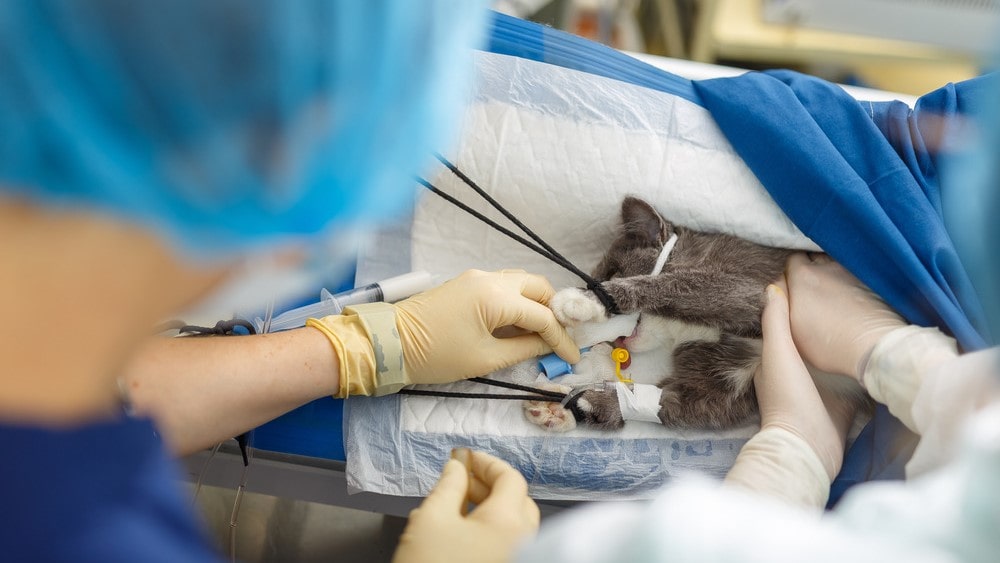Aim: To study the anti-inflammatory property of indomethacin against carrageenan-induced acute paw edema in rats.
Principle: Inflammation is a tissue –reaction to infection, irritation, or foreign substance. It is a part of the host defense mechanism but when it becomes great it is a hopeless condition. Aging is also considered to be an inflammatory response. There are several tissue factors or mechanisms that are known to be involved in inflammatory reactions such as the release of histamine, bradykinin, and prostaglandins.
This method is based upon the ability of anti-inflammatory agents to inhibit the edema produced in the hind paw of the rat after injection of a phlogistic agent (carrageenan). The volume of the injected paw is measured before and after the application of irritants. The paw volume of treated animals is compared with the control. A plethysmograph is used to measure paw volume.
Requirements:
Animal: Rats, (150-200g)
Equipment: Plethysmograph, (simple apparatus containing mercury. The mercury displacement due to dipping of the paw can be directly read from the scale attached to the mercury column or by adjusting the mercury level in the arm B to the original level by moving the arm B up/down and noting the volume required in both the arms equal) syringe and needle
Drugs: carrageenan (1% w/v solution and inject 0.1 ml underneath the plantar region)
Indomethacin (Dose 20 mg/kg,s.c, Prepare a stock solution containing 4mg/ml of the drug and inject 0.5 ml/100 g of body weight of the animal).
Saline (0.9%)
Procedure:
- Weigh the animals and number them.
- Mark a mark on both the hind paws (right and Left ) just beyond the tibiotarsal junction, so that every time the paw is dipped in the mercury column up to the fixed mark to ensure constant paw volume.
- Note the initial paw volume (both right and left ) of each rat by the mercury displacement method.
- Divide the animals into two groups each comprising at least four rats. To one group inject saline and to the second group inject indomethacin subcutaneously.
- After 30 min inject 0.1 ml of 1% (w/v) carrageenan in the plantar region of the left paw of the control as well as indomethacin–treated group. The right paw will serve as a reference for the noninflamed paw for comparison.
- note the paw volume of both legs of control and indomethacin-treated rats at 15,30,60, and 120 min after the carrageenan challenge.
- Calculate the percent difference in the right and left paw volumes of each animal of the control and indomethacin–treated group. Compare the mean percent change in paw volume in control and drug–treated animals and express as percent edema inhibition by the drug.
Observations:
Report:
Make sure you also check our other amazing Article on: Which method is used for the bioassay of oxytocin?
